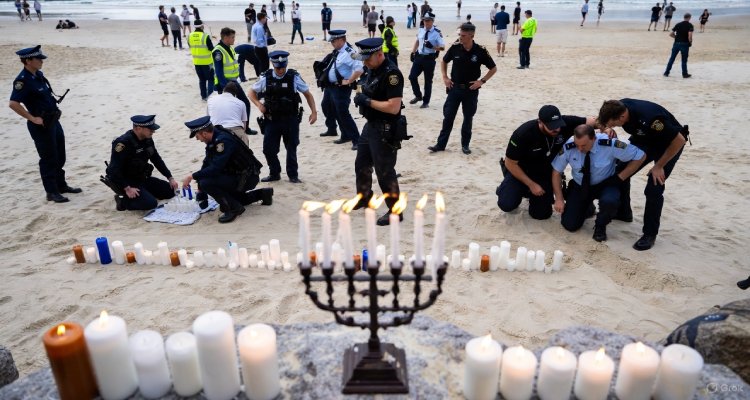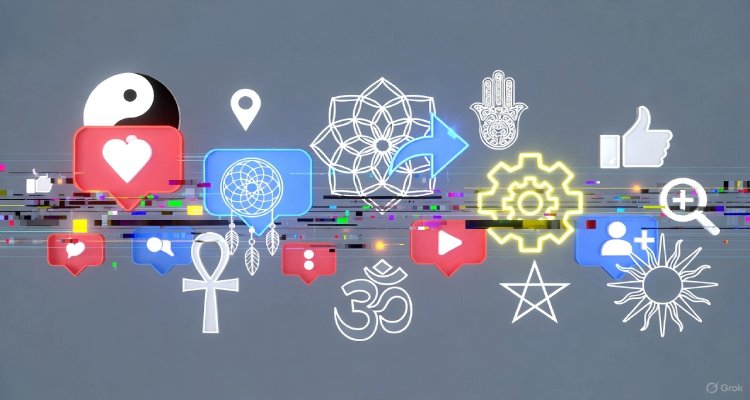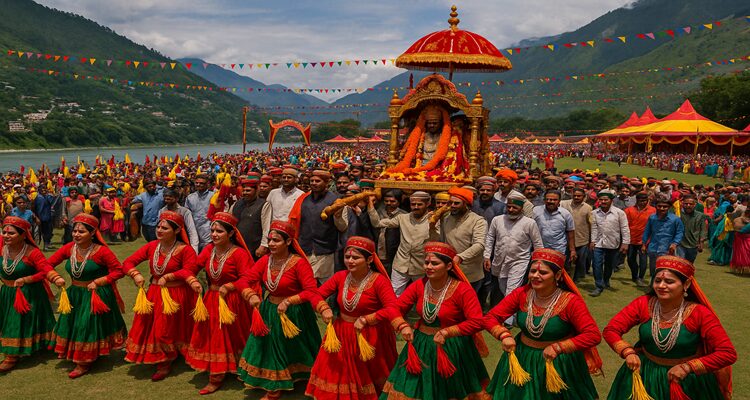Minjar Mela: Himachal’s Timeless Festival of Unity and Prosperity
Discover the history, rituals, and cultural significance of Himachal Pradesh’s Minjar Mela, a centuries-old fair blending tradition, faith, and community celebration.
Introduction: A River, A Ritual, A Celebration
Every year in the picturesque valley of Chamba, Himachal Pradesh, the Ravi River becomes the center of a grand spectacle that is as much about faith as it is about festivity. The Minjar Mela, celebrated with pomp and devotion, transforms the quiet hill town into a vibrant hub of cultural pride, processions, folk dances, and rituals. For locals, it’s not just a festival, it’s a living connection to their heritage, prosperity, and shared identity.
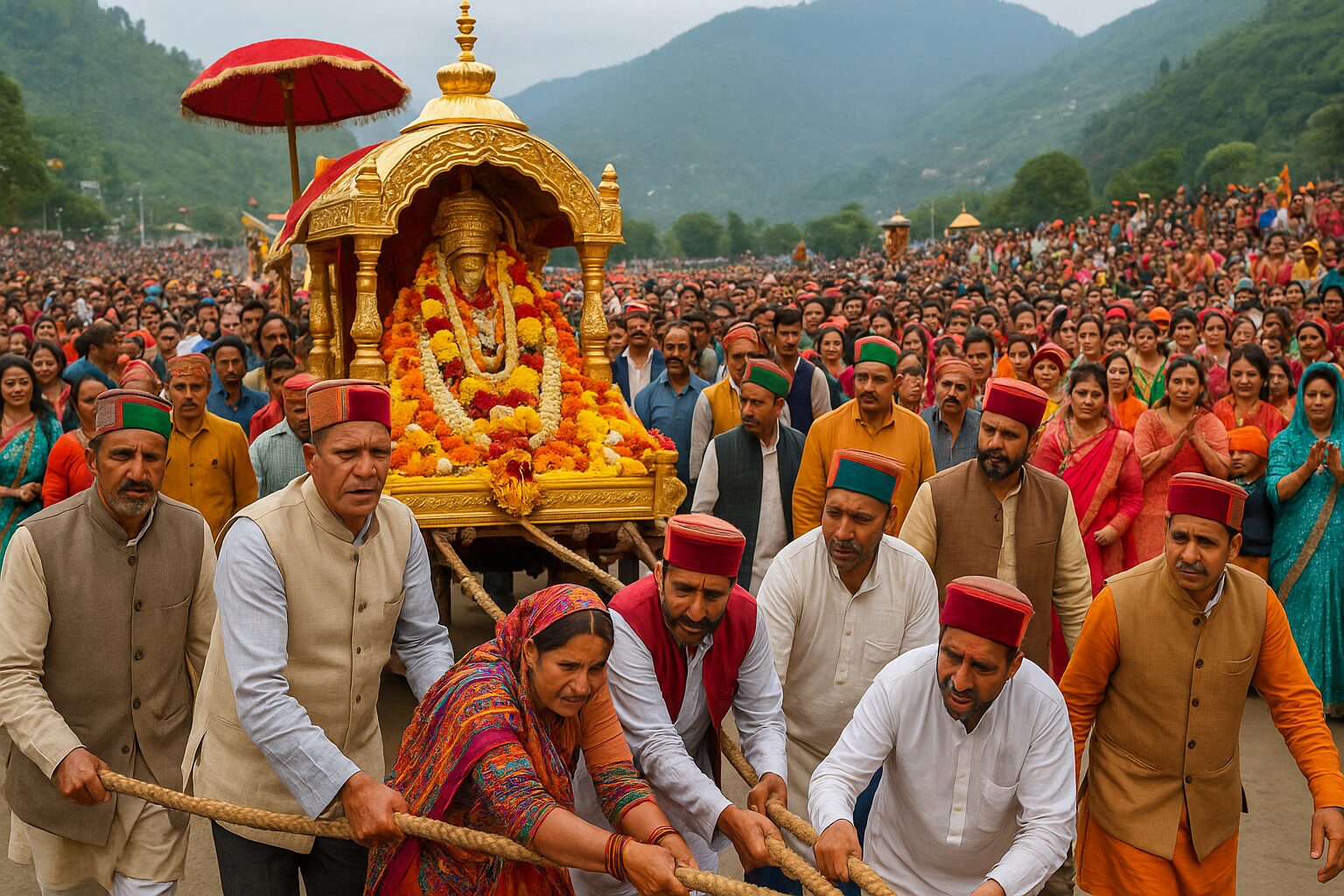
Context & Background: Where Tradition Flows Like the Ravi
The roots of Minjar Mela trace back over a millennium, carrying both legend and history. According to one tale, the festival commemorates the victory of Raja Sahil Varman of Chamba over the Trigarta ruler in the 10th century. When the king returned triumphant, locals welcomed him with maize and paddy shoots, symbols of fertility and abundance that later evolved into “Minjars,” silk tassels resembling golden stalks of crops.
Another legend ties the mela to a holy yajna at Champavati Temple, where a saint prayed for the Ravi River to change its course so devotees could reach the Hari Rai Temple without difficulty. The ritual worked, and in gratitude, the community began offering Minjars to the river, a tradition that continues to this day.
Main Developments: Rituals, Processions, and Cultural Splendor
Held every year in July or August, beginning on the second Sunday of the Hindu month of Shravana, the Minjar Mela lasts for a week.
The Flag and the Sacred Tassels
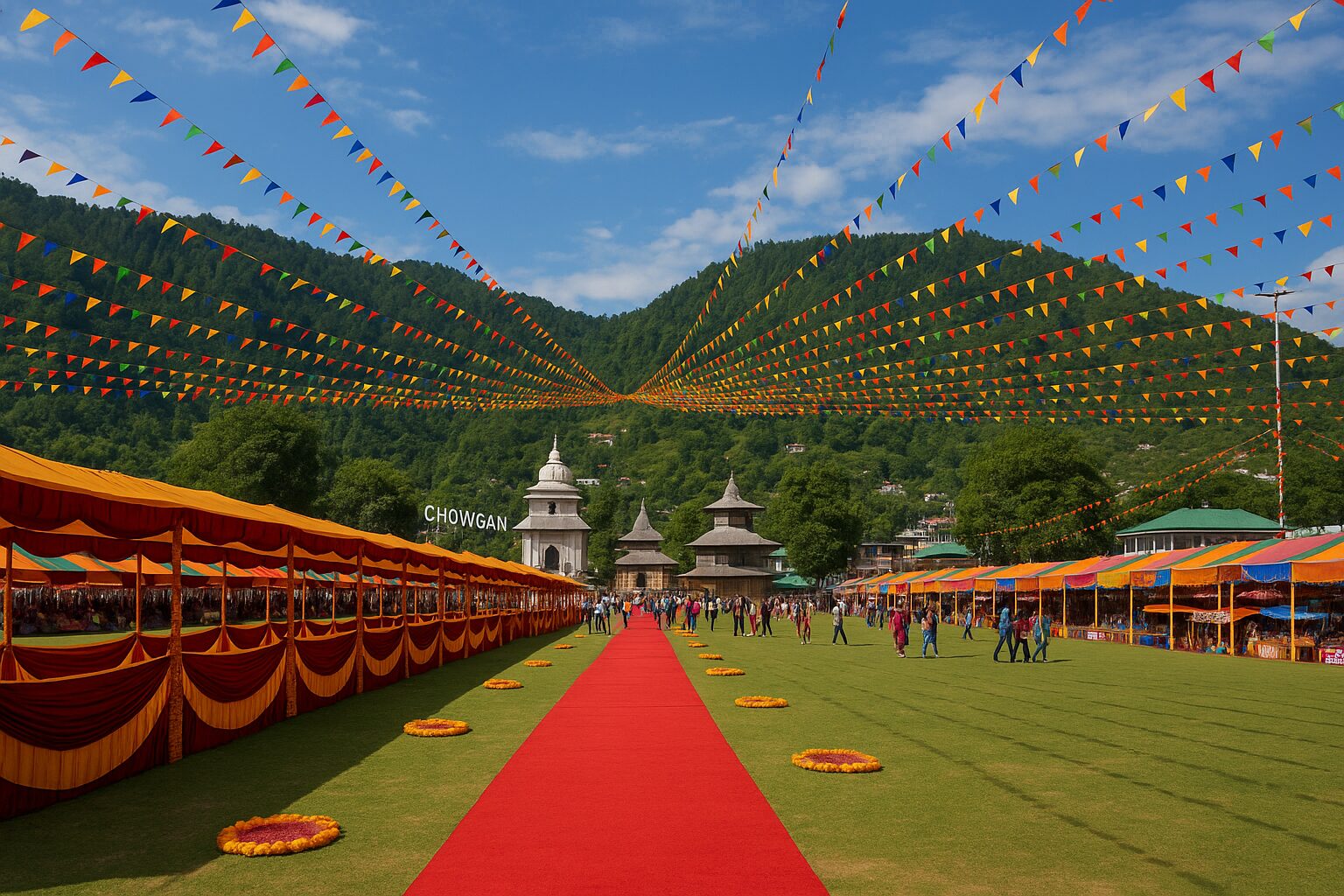
The festival opens with the hoisting of the Minjar flag at Chamba’s Chowgan ground, accompanied by the distribution of silk tassels to locals and visitors alike. Wearing these tassels on their attire, people embrace the spirit of abundance and community.
Temple Offerings and Royal Procession
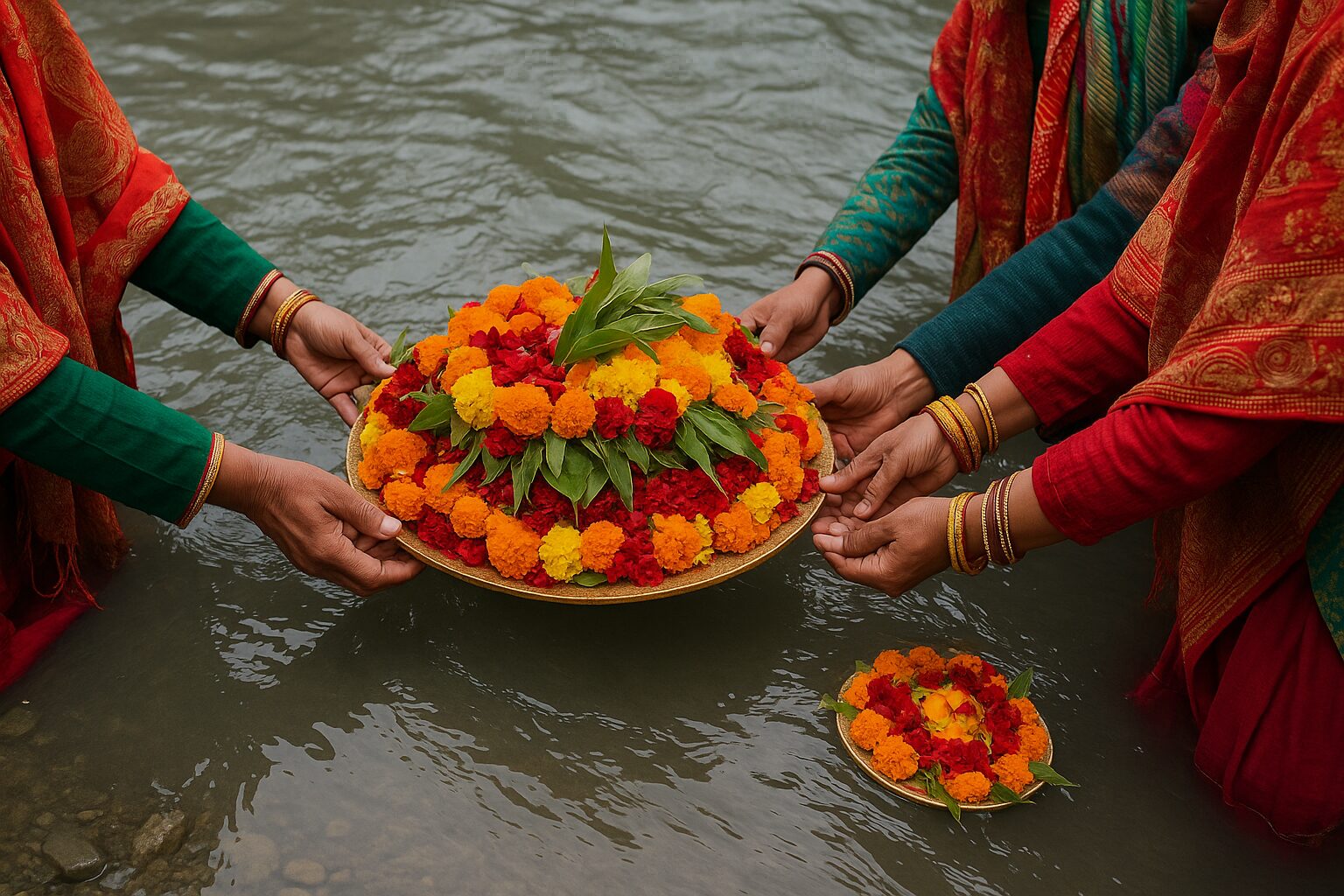
Devotees present coconuts, seasonal fruits, and Minjars at local temples. The highlight is the royal chariot procession, where the idol of Lord Raghuvira, along with over 200 deities from nearby villages, is paraded through the streets. Thousands gather as the procession heads toward the Ravi River, where offerings are immersed in a symbolic act of thanksgiving.
Cultural Showcase
Beyond rituals, the mela is a showcase of Himachali culture, folk dances like Chamba Nati, traditional music, stalls selling local crafts, and flavors of regional cuisine. From roasted corn to spicy momos, the festival grounds turn into a carnival of taste and tradition.
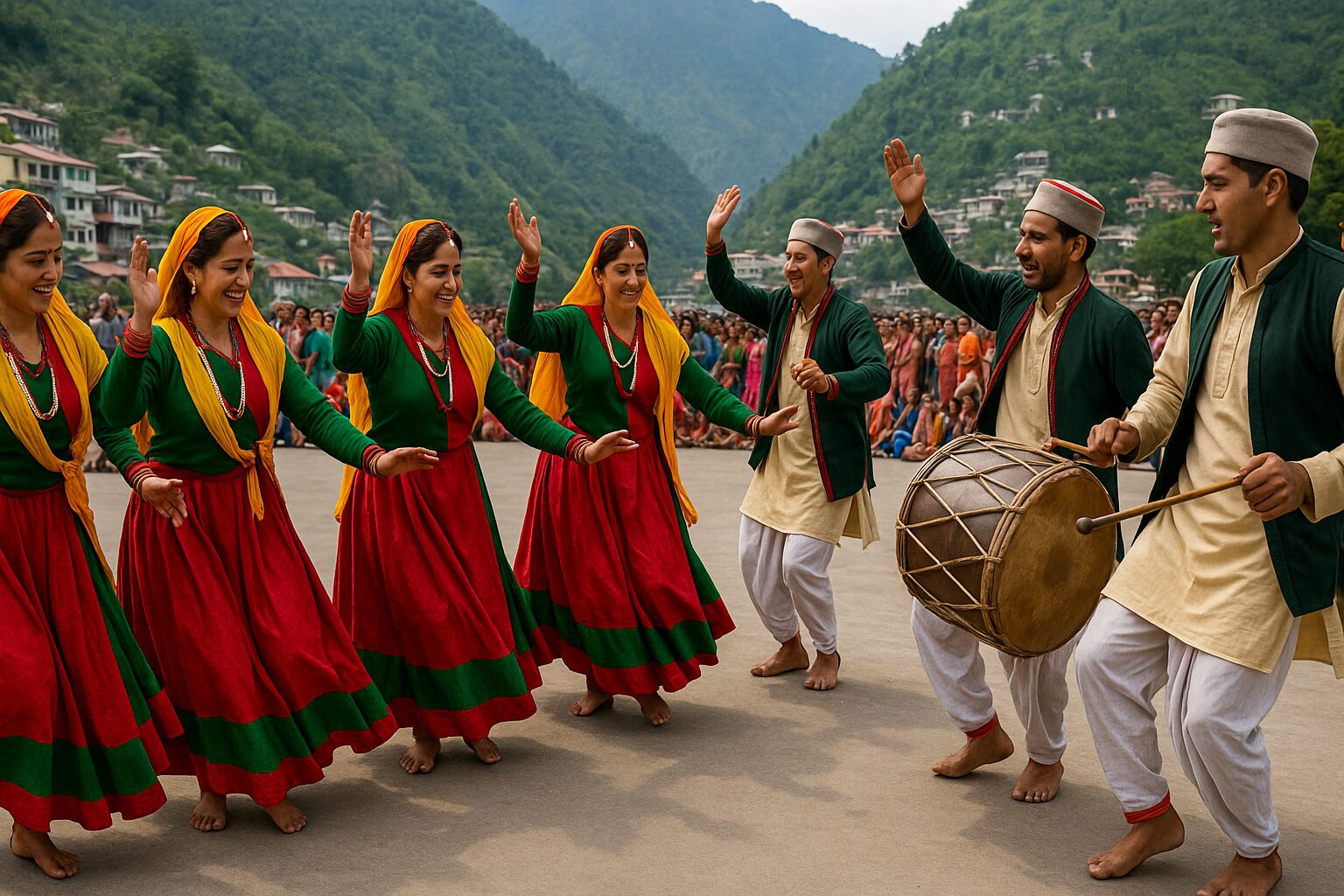
Expert Insight & Public Sentiment
Local historian and cultural researcher Dr. Anjali Thakur notes:
“Minjar Mela is unique because it blends myth, history, and agriculture into one. It’s a reminder that festivals are not just about worship; they are about sustaining identity, economy, and unity.”
Visitors often echo this sentiment. A traveler from Delhi described the mela as “a blend of Kumbh-like devotion and a village fair’s warmth, where spirituality meets celebration.” For artisans and small traders, the mela is also an economic lifeline, offering exposure to thousands of tourists who flock to Chamba.
Impact & Implications: Beyond Faith and Festivity
Over the years, Minjar Mela has gained recognition beyond Himachal, even earning International Fair status from the state government. It now attracts not only domestic tourists but also cultural enthusiasts from abroad.
The mela also highlights religious harmony. For centuries, the sacred Minjars have been crafted by a Muslim family in Chamba, underscoring how shared traditions can bind communities across faiths.
Economically, the fair boosts local tourism, handicrafts, and hospitality sectors, contributing significantly to Chamba’s seasonal economy. At the same time, it preserves intangible heritage, ensuring younger generations witness and carry forward rituals that might otherwise fade with time.
Conclusion: A Celebration that Flows Through Generations
The Minjar Mela of Himachal Pradesh is more than a ritual; it is a story of rivers that changed course, kings who left their mark, and communities that continue to celebrate life with resilience and joy. In an era where traditions often blur under the weight of modernity, Minjar Mela stands as a reminder that culture, when lived and celebrated, never grows old.
As the Ravi receives its offerings year after year, it also receives a promise from people of Chamba and beyond that, history, faith, and festivity will keep flowing like its eternal waters.
(Disclaimer: This article is for informational and cultural purposes only. While every effort has been made to ensure accuracy, readers are encouraged to consult official Himachal Pradesh tourism sources for event details and schedules.)
Also Read: Cultural Contrasts: From Himalayan Temples to Amazonian groups







